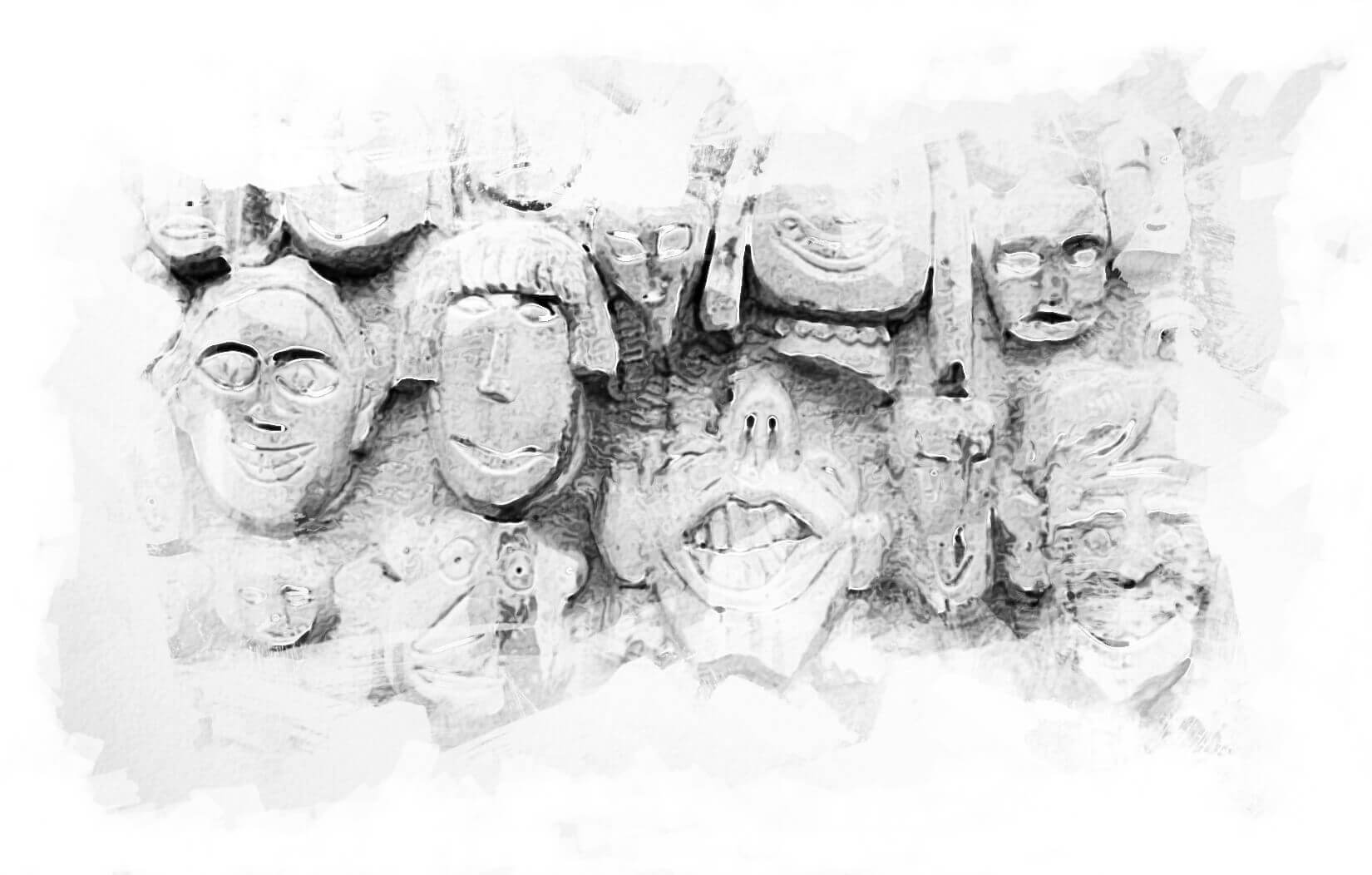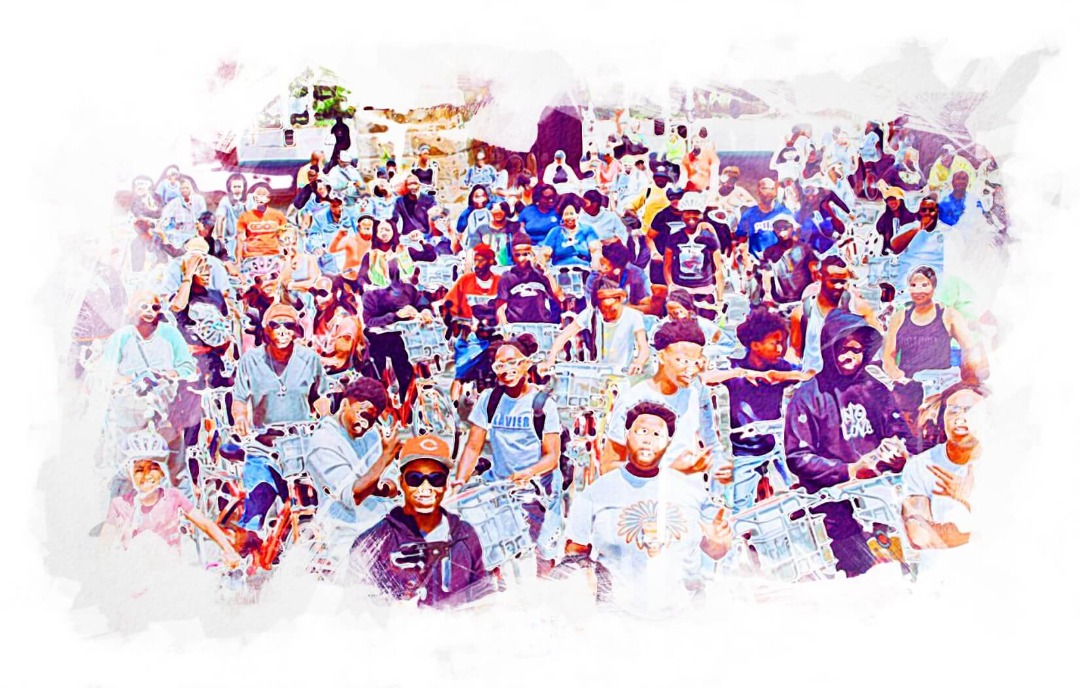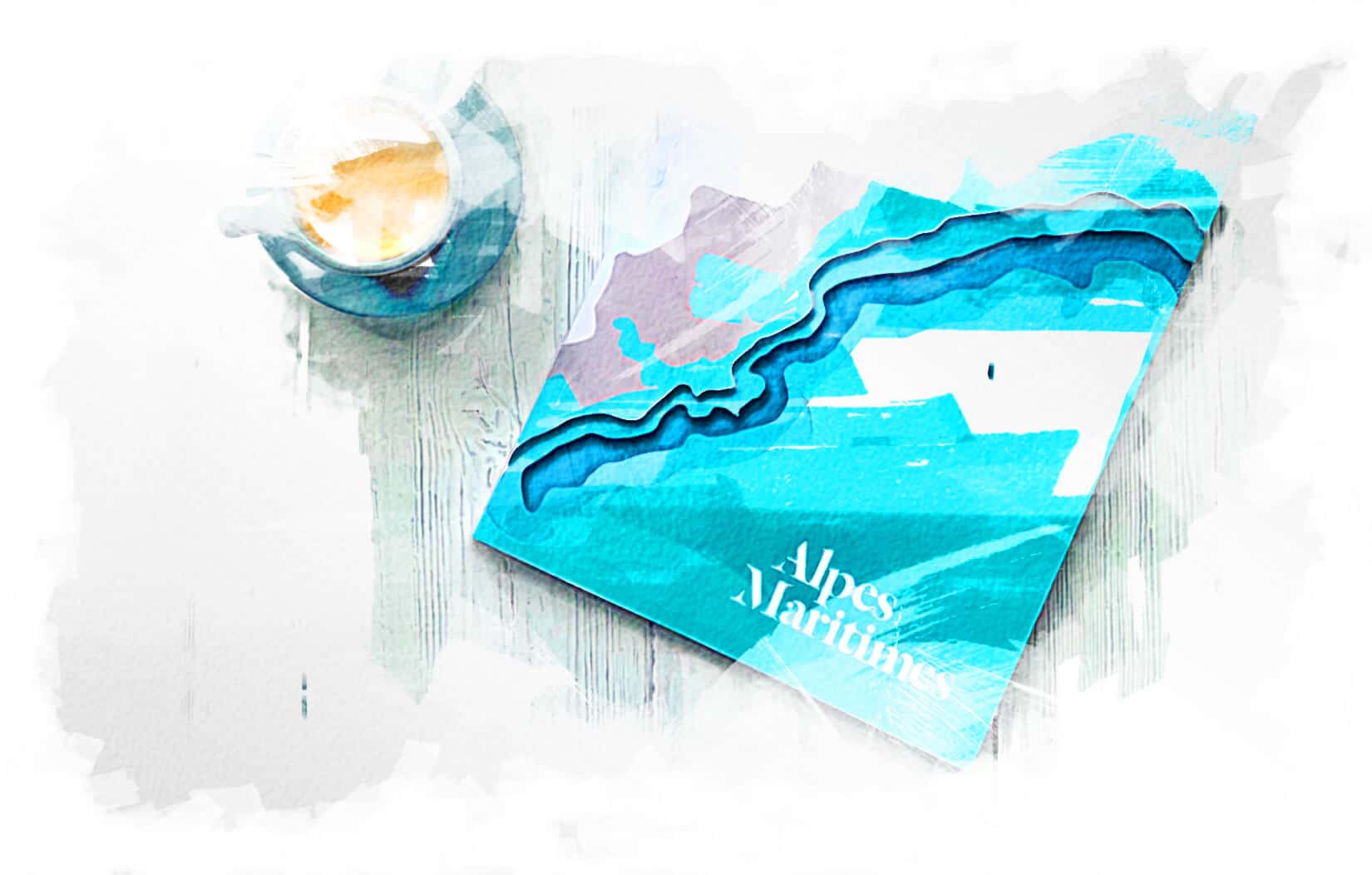Have you ever watched a movie or read a book and found yourself rooting for a particular character? Why? The answer is not farfetched: because of their personality.
Our personality influences the way we think, talk, feel and react to different situations and people around us. Similarly, a brand’s personality represents how it interacts with its users. People connect with people, so for your brand to create a deep connection with your customers, it needs to have a personality. Nobody likes to feel like they are talking with a robot or zombie and that is why even robots are built with Artificial Intelligence to make them appear human.
When we build our brand to have traits that people normally link to certain personalities, we have a higher chance of engaging them and earning their trust through our storytelling and interactions in guiding them through certain flow of events.
There are 12 brand archetypes:
-
The Magician:
They make dreams come true. They are not particular about helping you with your daily, normal tasks. A vivid imagination is what truly captures the hearts of their customers. Magician brands foster “magical moments” — experiences that feel special, novel, and exciting — as well as more lasting change. They help people transform.
Brand Examples: Disney, Xbox, MAC Cosmetics, Dyson Engineering.
-
The Sage:
This brand is always seeking the truth. They value knowledge above everything else and command your respect with it. They hate being viewed as simplistic. The Sage wants to be the go-to source of information at all times. This brings them immense satisfaction.
Brand Examples: Google, Harvard University, CNN, Channels TV.
-
The Lover
A lover brand wants you to associate them with intimate moments in your life. These brands attract customers that are allured by aesthetic beauty, intimacy, class and glamour. They seek to help people feel appreciated, connect and build relationships. These brands encourage indulgence and contrary to popular belief, they do not just infer sensual love but the love of any kind.
Brand Examples: Cadbury, Victoria Secret, Chanel, Nescafé.
-
The Jester:
They aim to bring joy and entertainment to the world through fun and light-hearted laughter. Occasionally weird and always fun, they will forever see the positive side of things (and try their best to involve everybody else in their fun). Jester brands might not be curing illnesses, but they’re making your day better.
Brand Examples: Fanta, Okada Books, MailChimp.
-
The Ruler
Customers of Ruler brands are often immensely dominant and crave supremacy. They aim to be noticed and admired. They exude intense success, power, luxury and exclusivity. Their customers are massively attracted by wealth, respect and prestige.
Brand Examples: Rolls Royce, IBM, British Airways, Transcorp Hilton.
-
The Caregiver
The caregiver is benevolent. They want to be there for you and the people you love. They aim to care for, protect and help others. Caregiver brands exude warmth and trust, they are generous and believe strongly in giving to their customers.
Brand Examples: P&G, Pampers, UNICEF.
-
The Regular Guy/Girl
This brand wants to belong. The Regular Guy/Girl aims to befriend and be accepted by everybody. Most importantly they want to be relatable. Their customers do not care about glitz or glamour, they just want a reliable product that gets the job done, they want to feel entirely comfortable with the brand they associate with — like they would a long-time companion.
Brand Examples: Shoprite, Microsoft, Walmart, KFC, Dangote, Facebook.
-
The Explorer
They are adventurous and value freedom above everything else. Mostly, the goal of the explorer is to get you outside which is why many outdoor brands usually stick to this archetype. They want their customers to discover and experience new, exciting, challenging adventures with the objective of achieving maximum self-fulfillment.
Brand Examples: Emirates, Range Rover, NASA.
-
The Outlaw:
They seek revolution and aim to break rules and tradition; opposing ‘the norm’. The Outlaw is not afraid. These brands control their own life without regard for the status quo. They challenge stereotypes and encourage their customers to do the same.
Brand Examples: Marvel, MTV, PayPal, Bitcoin.
-
The Creator:
They value creativity, artistic expression, individuality and crave perfection. A creator isn’t worried about the cost of production. They care about one thing: innovation. They attract customers who are born to be greatly creative. This is why they get loyalty because customers don’t just buy; the brand becomes a way of life.
Brand Examples: Apple, Adobe, Canon.
-
The Innocent
The Innocent brand aims to spread optimism, freedom, happiness, simplicity and purity. They belong in paradise. An innocent brand will never manipulate you with an advert or go over the top to convince or seduce you. They instead leverage on nostalgia; striking an emotional chord in people’s heart. They value honesty and simplicity.
Brand Examples: Coca-Cola, Dove soap, McDonald’s.
-
The Hero:
They want to prove themselves. The hero makes the world better by being the best. A hero brand isn’t concerned with nurturing you, they’re interested in challenging you. They attract customers who appreciate unwavering quality, endurance and value
Brand Examples: Nike, Duracell, FedEx.
What archetype is your brand?
Every brand usually does not fall into one personality. They would have one predominant personality and a complementary one that takes the edge off the major one. For example, Apple falls under the Creator and Magician personality. We must find what works best for our brand in terms of our product, target audience and brand culture and stick with it. Consistency is key.
Discovering our brand personality will give our brand a greater chance of connecting with users. They will root for our character because they can relate with us and can trust us enough to allow us to solve their problems for them.


